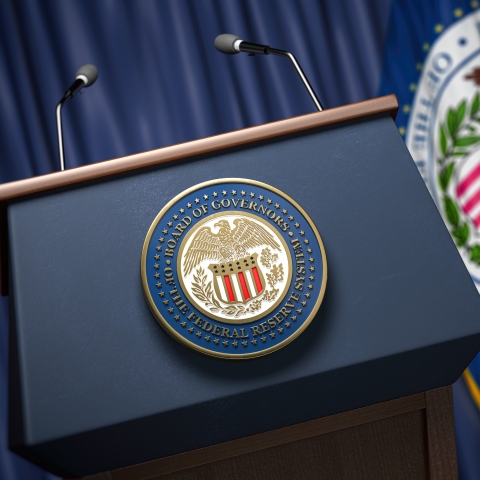A "hawkish" message from the Fed:
- 75bps hike, the largest since 1994, which was expected since the last inflation numbers came out last week. Only one member voted for a 50bps increase (Esther George);
- The market now expects a 90% chance of a 75bps increase at the next meeting (July);
- The language has change to "firmly committed to bringing inflation to 2%" (they previously stated that they expected to bring inflation to 2%);
- The Fed is signaling to the market that their goal is to be 100bps above "neutral" in the next 2 years - a sign of very serious monetary tightening;
- During the conference, Powell said that more (upside) inflation surprises are possible. He opened the door to further 75bps hikes, even if he hinted at the fact that the next rate hike could rather be a 50bp hike.16 Fed members see an upside risk to their inflation projections;
- Growth (+ employment) projections have come down, while inflation projections rose, highlighting the fact that the Fed acknowledges the strength of inflationary dynamics, and the negative impact that its policy tightening will have on growth and employment in 2023.
On the more dovish side:
- The new 2022 dot is “only” 3.4% (i.e. + 175bps additional rate hike), less than the ~3.8% anticipated by investors.
- The peak Funds Rate dot remains UNCHANGED at 3.8% (there was some concern this could have been hiked all the way to 4.8%)



